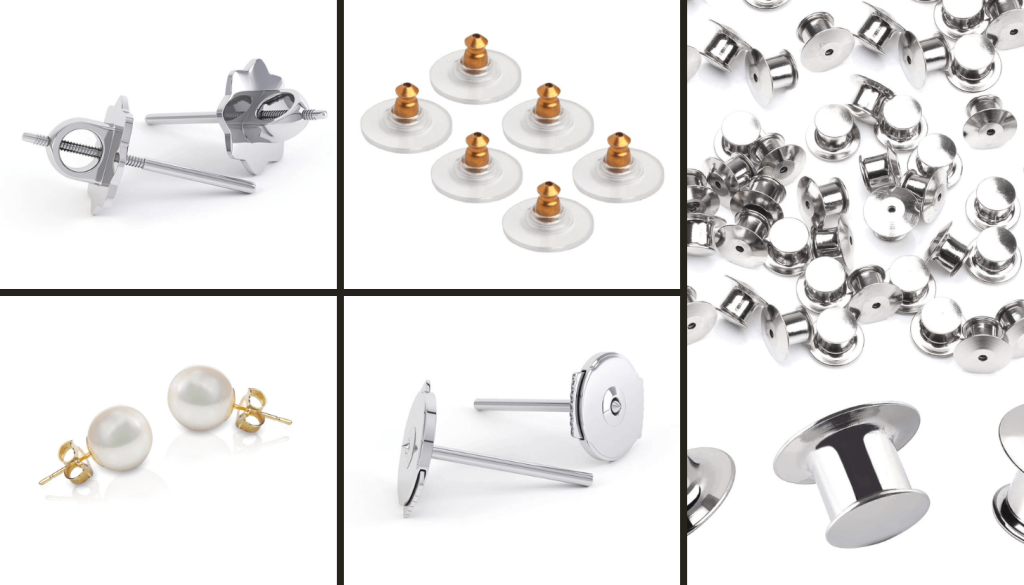Discovering the Variety of Earring Backs: A Guide to 24 Types
When you step into the glimmering world of jewelry, especially earrings, you might get surprised by the myriad of choices available. It’s not just about the stones, metals, and designs; there’s something often overlooked but incredibly vital – the earring backs. They may be small, but these tiny components play a significant role in your comfort, the security of your adornment, and even impact the overall aesthetic of your earrings.
So, whether you’re a jewelry newbie, a savvy shopper looking to broaden your knowledge, or just someone who lost an earring and wondered why, this comprehensive guide is for you. We’re about to explore the fascinating universe of 24 types of earring backs, each with its unique features and uses. So, grab your magnifying glass and let’s dive in, shall we?
Table of Contents
1. Butterfly Clasp (also known as Push Back)
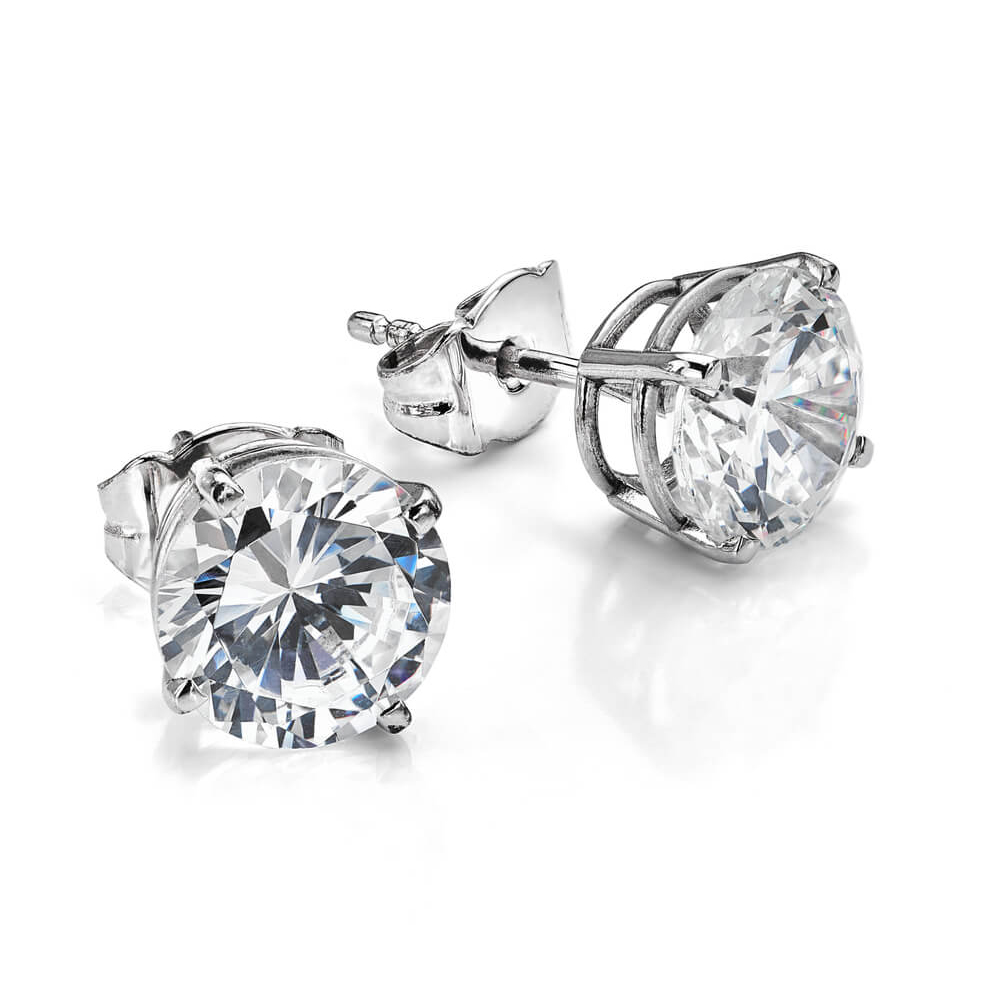
Butterfly Clasp, fondly named for its butterfly-like appearance, is the most common type of earring back you’ll encounter. It’s a breeze to use – you simply push it onto the post until it fits snugly.
Pros:
- Simple and easy to use
- Commonly used and readily available
- Suitable for a wide variety of earring styles
Cons:
- Can become loose over time
- Not as secure as some other types, potentially leading to lost earrings
2. Screw Back
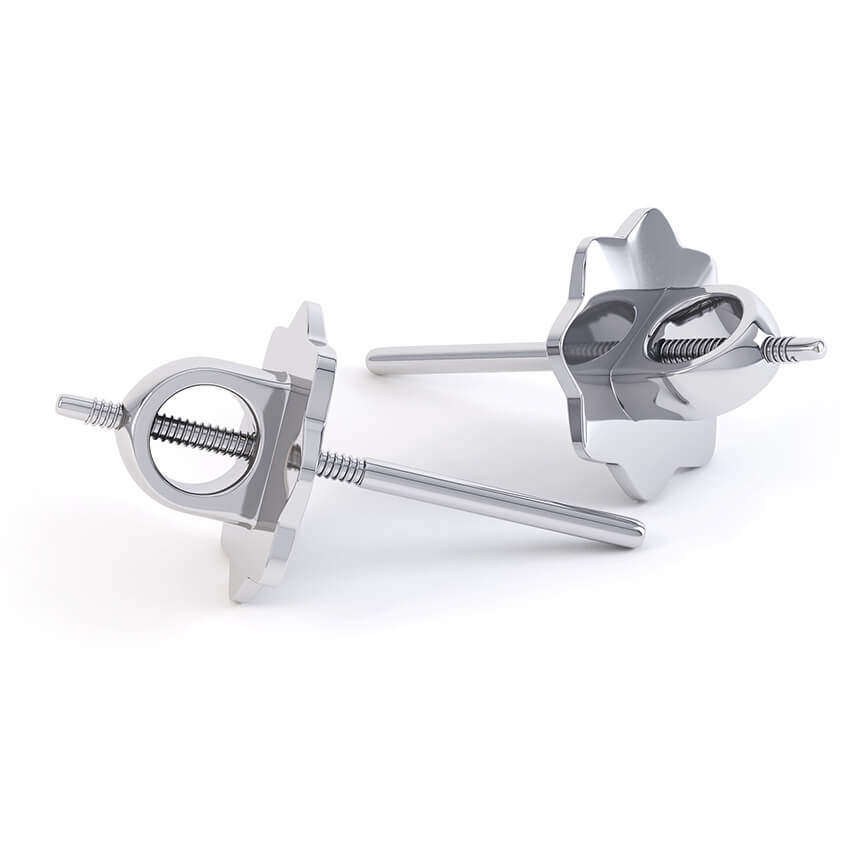
Screw Backs take security up a notch. The earring post is threaded so that the back can be screwed on, providing excellent security. You’ll often find them on pricier earrings or those with precious gemstone settings.
Pros:
- Very secure, reduces the risk of losing earrings
- Ideal for heavy or valuable earrings
Cons:
- Can take longer to put on and take off
- Might be uncomfortable to sleep in due to the protruding post
3. Locking Back
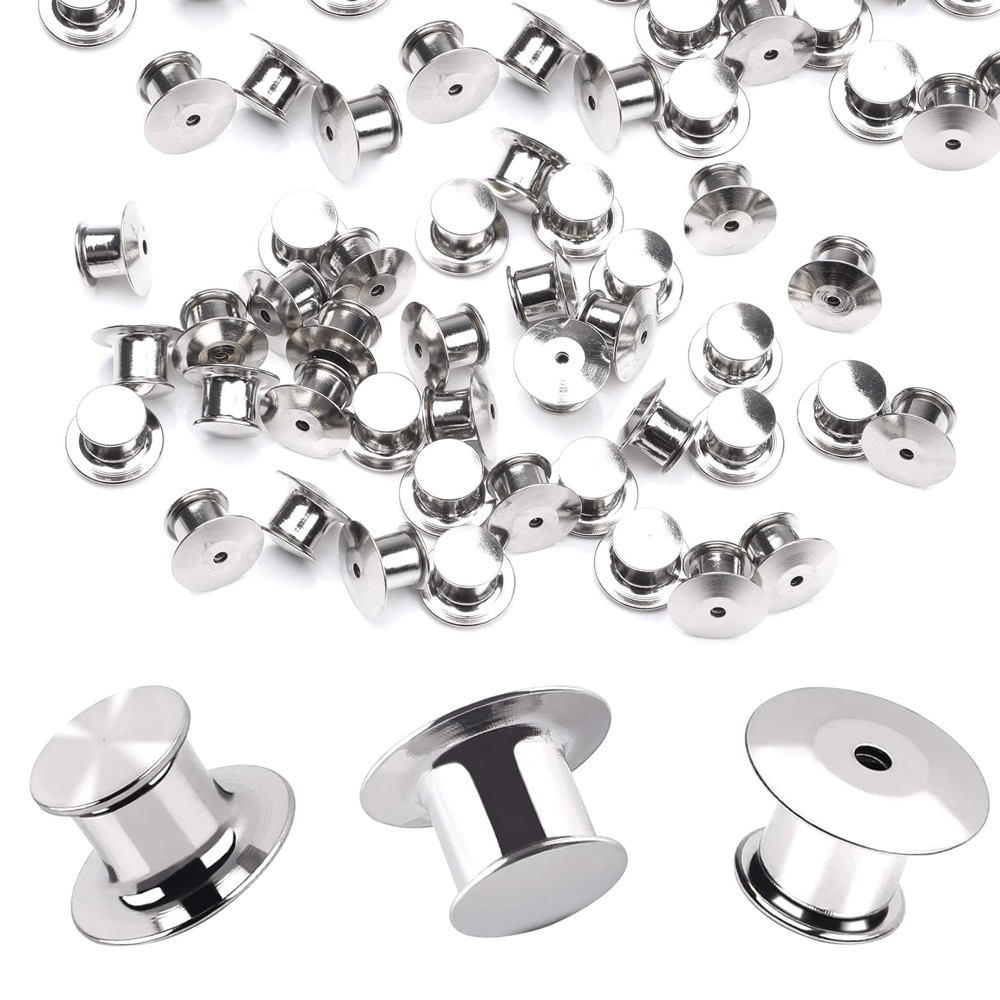
Meet the Locking Backs, the guardians of your treasured danglers. Designed to hold heavier or valuable earrings securely, they use a spring-loaded mechanism that locks the back into place until you manually release it.
Pros:
- Extremely secure, making them suitable for expensive jewelry
- Comfortable to wear, as there’s no protruding post
Cons:
- More expensive than other earring backs
- Can be fiddly to use until you get the hang of them
4. Lever Back
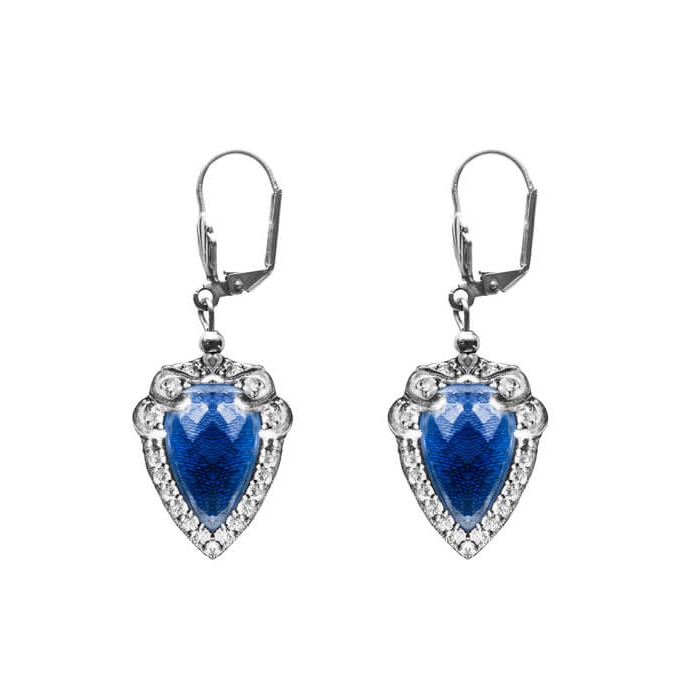
The Lever Back is a favorite among many earring enthusiasts. Its hinged lever loop closure fits into a notch on the post, providing a comfortable and secure fit that’s easier to manage than the Screw Back.
Pros:
- Secure and less likely to be lost
- Comfortable to wear
Cons:
- Not suitable for all styles of earrings
- Can be more expensive than other types of earring backs
5. Fish Hook
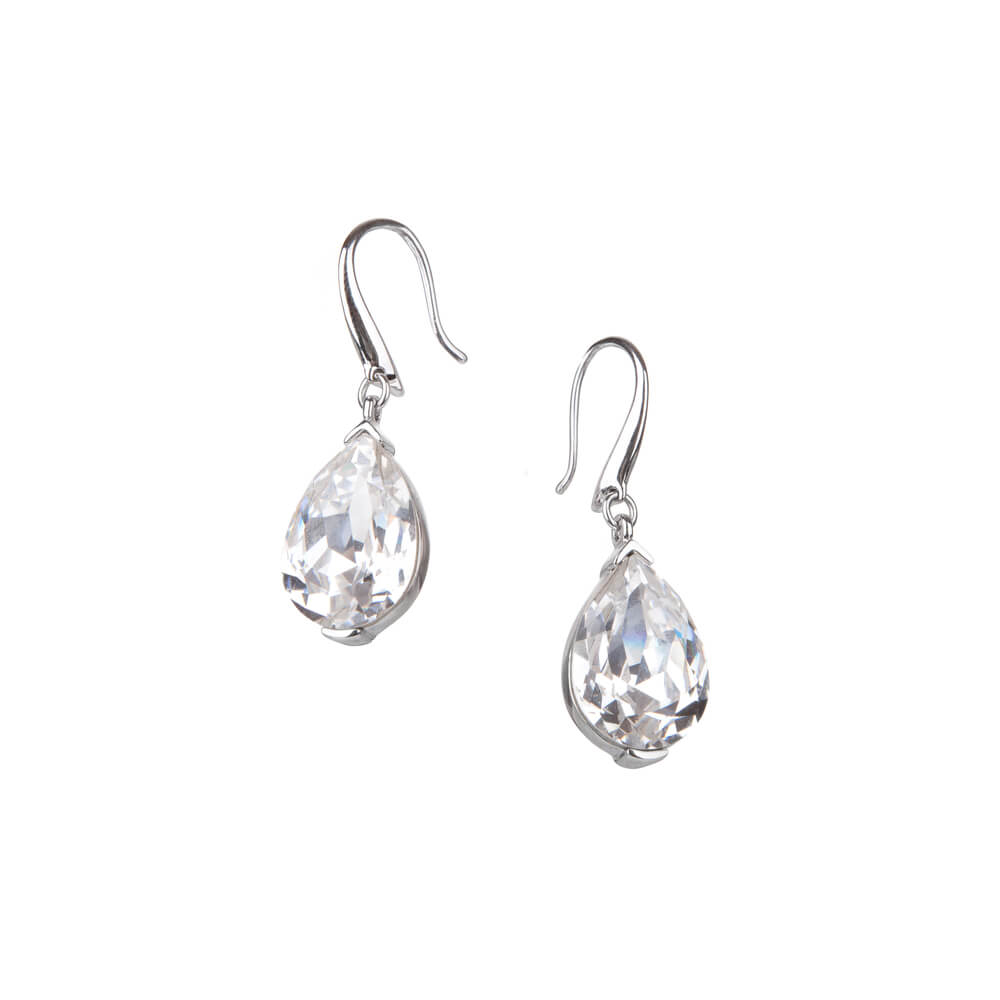
Just like the name suggests, Fish Hook backs have a shape that’s reminiscent of an actual fish hook. These earring backs dangle from your ears and give your earrings a charming drop effect.
Pros:
- Easy to wear and remove
- Ideal for dangle or drop earrings
- Give a unique and aesthetic appearance to earrings
Cons:
- May not be as secure as some other types
- Potential for discomfort if the hook is thick
6. La Pousette Back
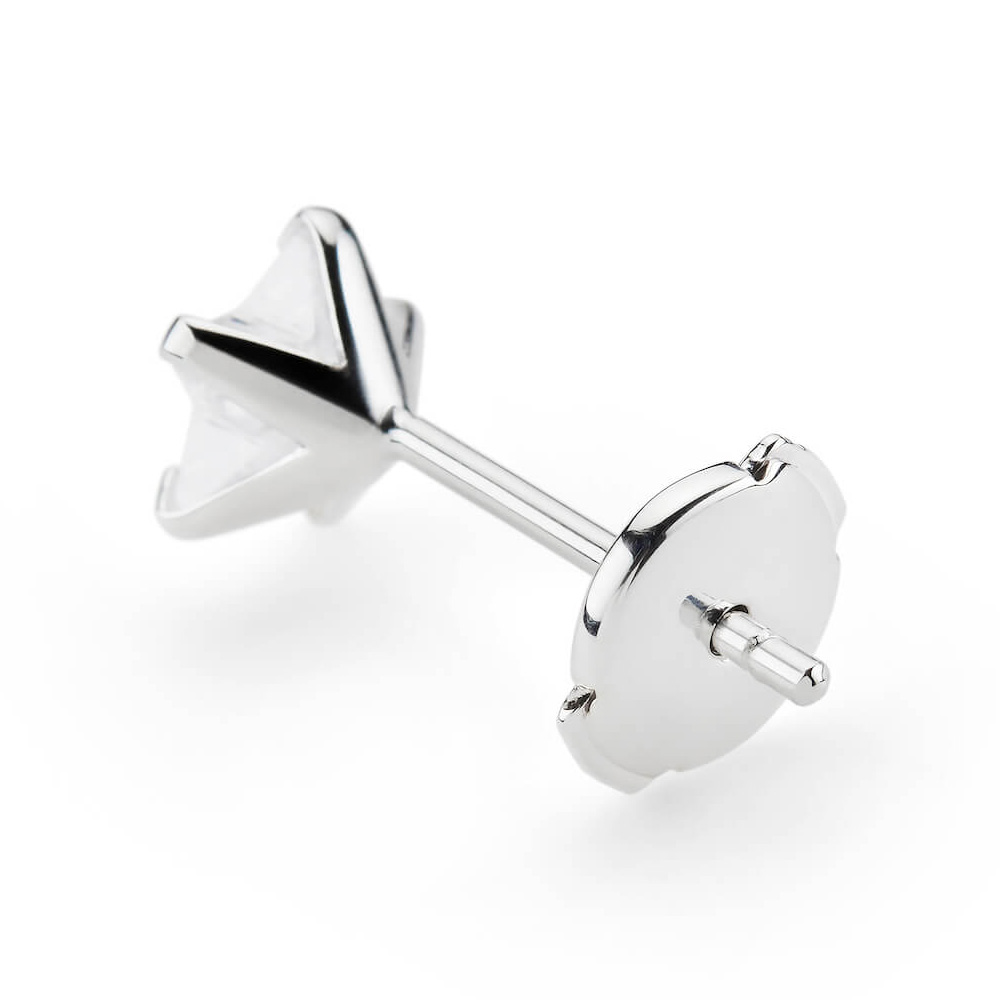
La Pousette Backs are all about secure and comfortable wear. They use a post and a special locking mechanism. You press the two tabs at the side to release the back – hence, a secured yet accessible choice.
Pros:
- Secure and reduces the risk of losing earrings
- Easy to use once you understand the mechanism
Cons:
- More expensive than other earring backs
- May be challenging to operate for people with fine motor skill challenges
7. Latch Back
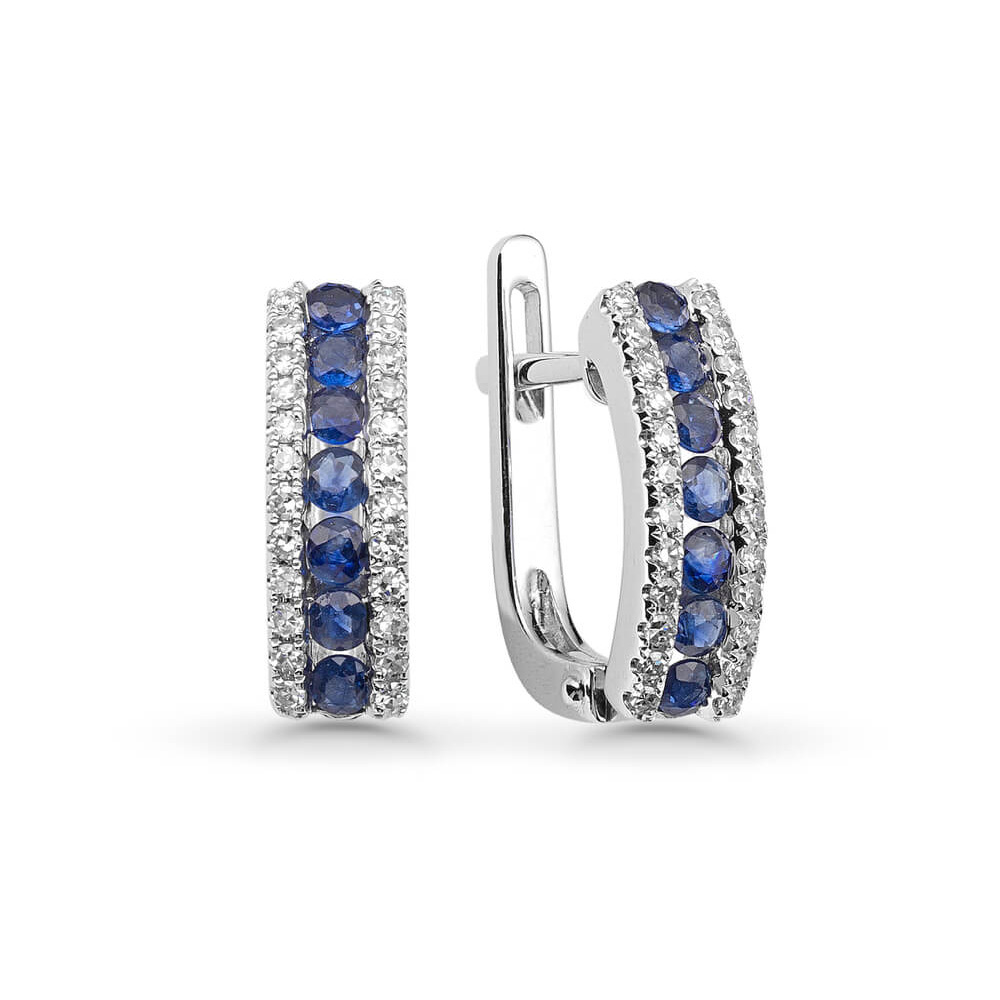
Latch Backs, also known as Huggie earrings, come with a hinged post that penetrates through the earlobe and latches inside the earring, offering both comfort and security.
Pros:
- Secure and comfortable to wear
- Perfect for huggie or hoop earrings
Cons:
- May not be suitable for all styles of earrings
- The hinge mechanism may loosen over time
8. French Clip
For those who love the vintage look, the French Clip backs might be your perfect match. They have a hinged clip that snaps onto the post, which means you can wear these even without pierced ears.
Pros:
- No need for pierced ears
- Secure and easy to use
Cons:
- Not suitable for all styles of earrings
- Can be more expensive than other types of earring backs
9. Kidney Wire
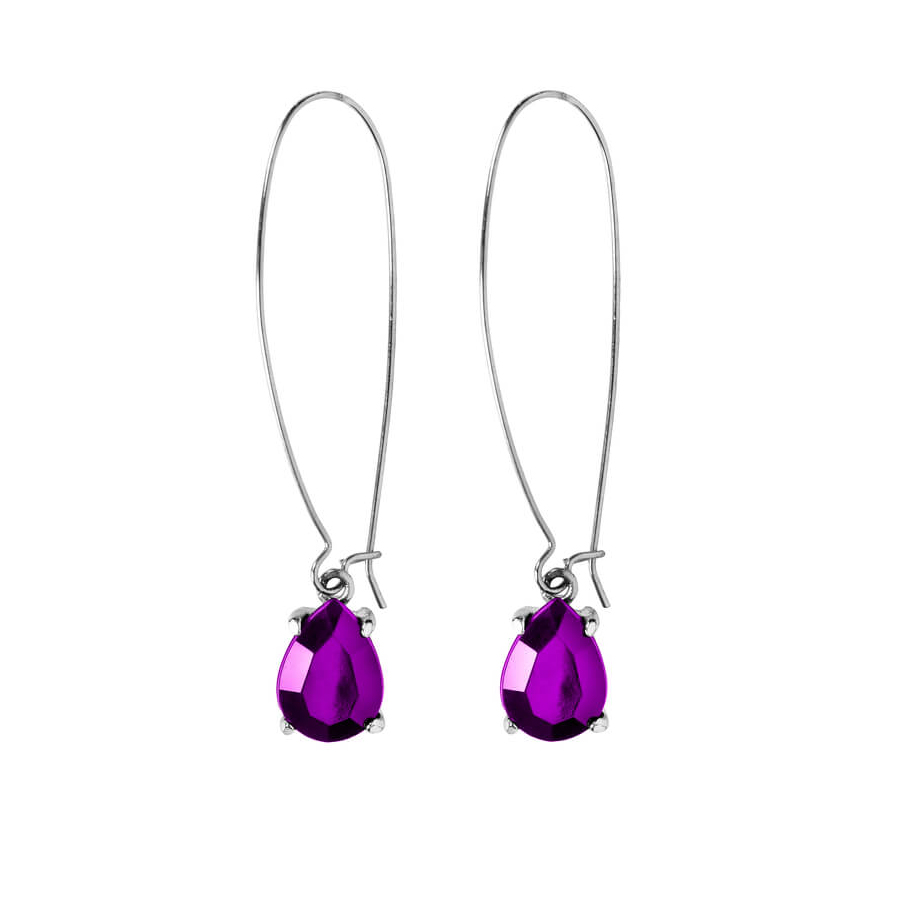
Kidney Wire backs, named for their unique shape that resembles a kidney, are mostly used for drop earrings. These have a secure latch that hooks onto the back of the wire to keep your earrings in place.
Pros:
- Great for dangling or drop earrings
- Secure latch minimizes risk of losing earrings
Cons:
- Wire can potentially be uncomfortable for some wearers
- Not as versatile as some other back types
10. Threaded Post
Threaded Post backs are for those who appreciate extra security. The post is threaded, allowing the back to screw on. This takes a bit more time, but it’s worth it to keep your earrings firmly in place.
Pros:
- Very secure, significantly reducing risk of losing earrings
- Ideal for heavy or valuable earrings
Cons:
- Takes longer to put on and take off
- Threads on post can potentially cause discomfort
11. Alpha Back
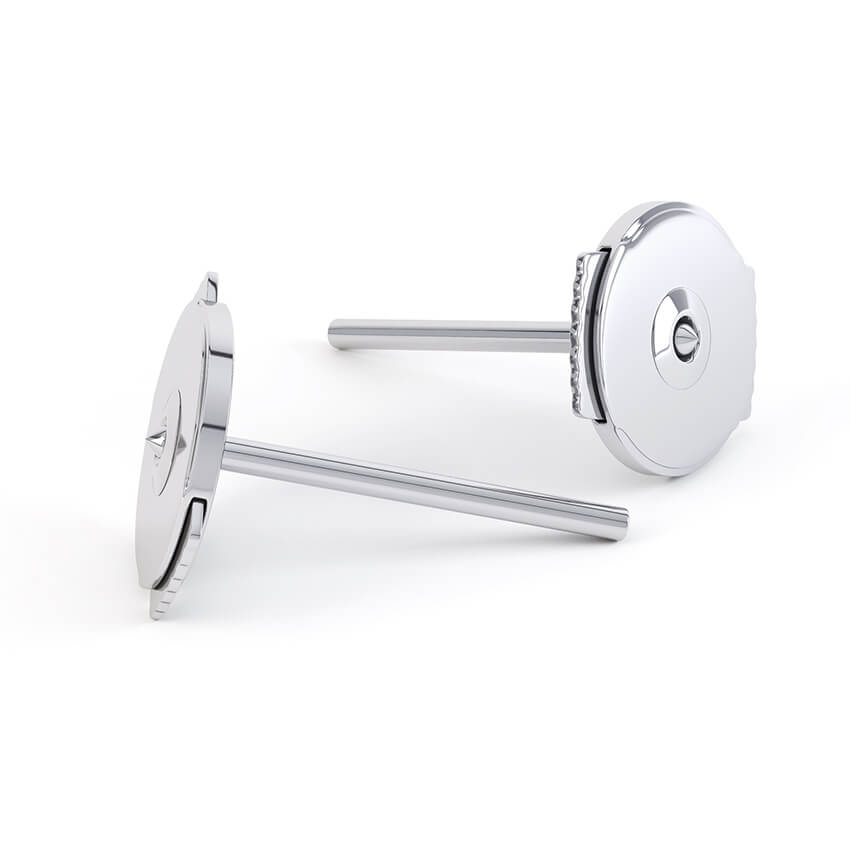
Alpha Backs, also known as Protektor backs, are designed with security and ease of use in mind. They feature a spring mechanism that securely locks the earring in place.
Pros:
- Secure and reduces the risk of losing earrings
- Easier to use compared to other secure types
Cons:
- Typically more expensive than other earring backs
- May be hard to release for people with fine motor skill challenges
12. Omega Back
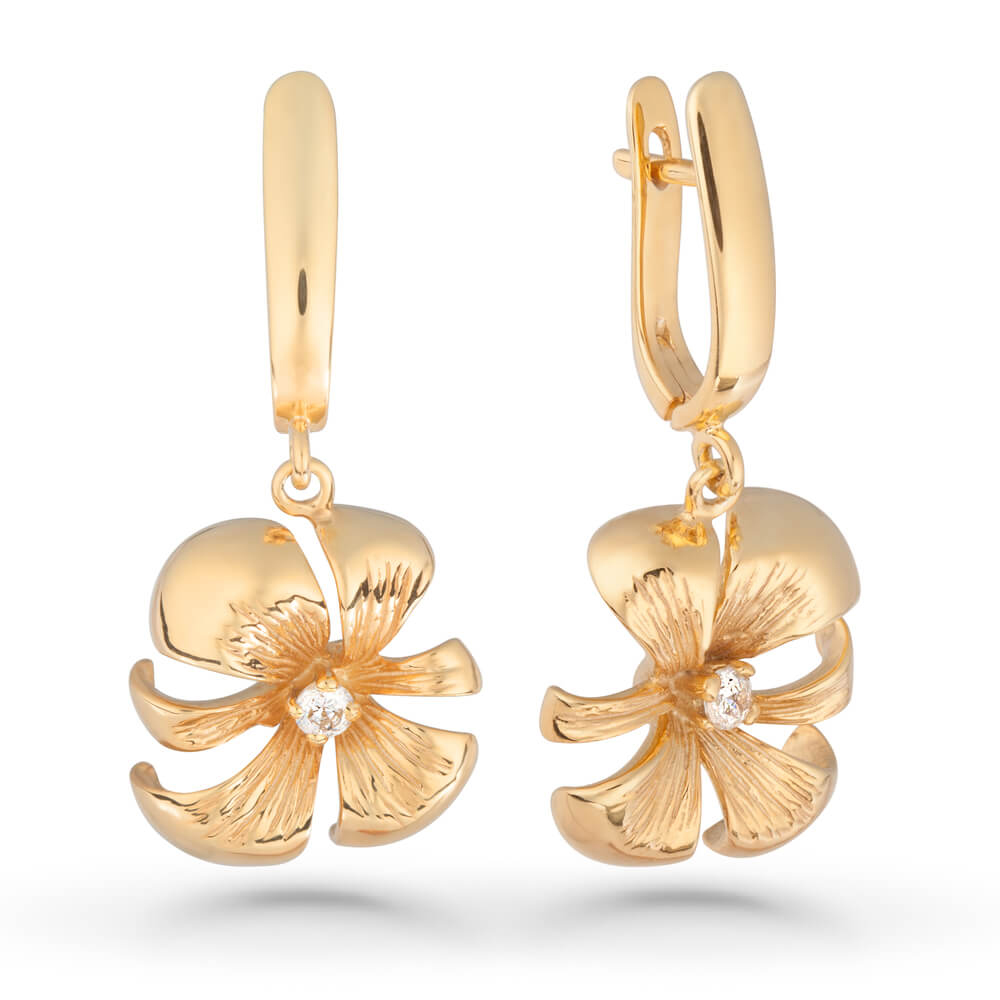
Omega Backs, named for their resemblance to the Greek letter Omega, offer a wonderful blend of comfort and security. They’re hinged at the bottom and snap onto a post at the top, forming a loop that fits around the earlobe.
Pros:
- Secure and comfortable for most wearers
- Suitable for a wide range of earring styles
Cons:
- Can be more difficult to put on and take off
- Not ideal for people with thicker earlobes
13. Plastic Disc Back
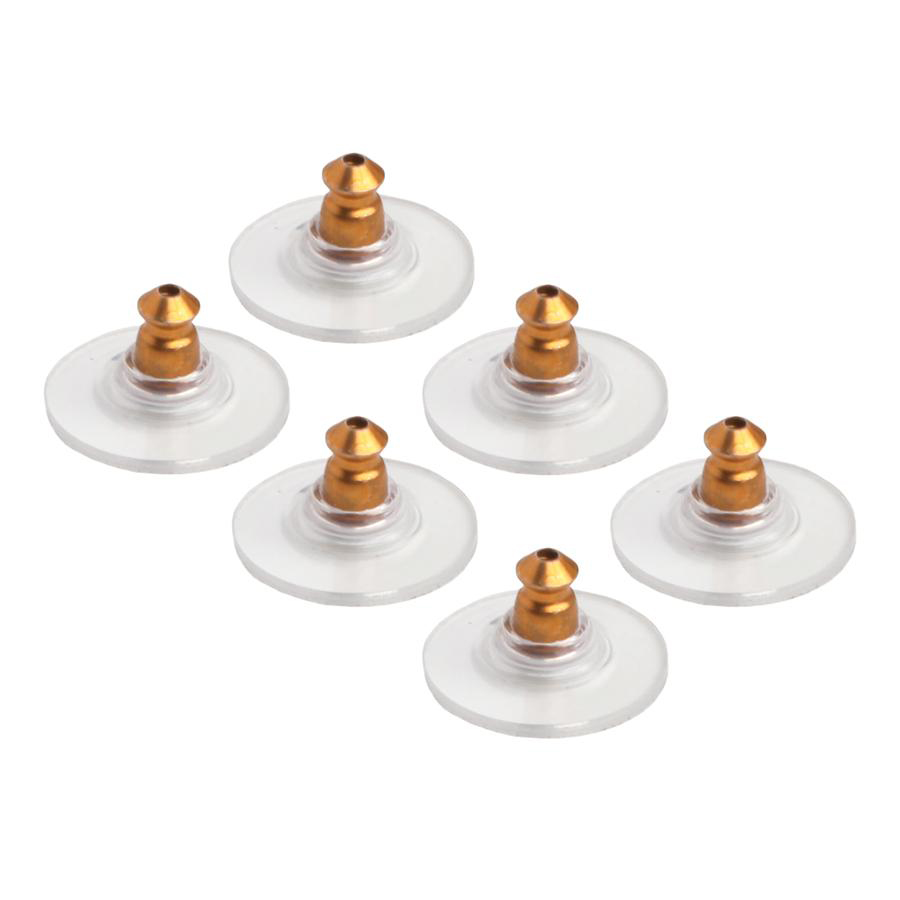
Plastic Disc Backs are a staple in the world of costume jewelry. The plastic disc not only secures the earring in place but also helps larger or heavier earrings sit properly without drooping.
Pros:
- Helps prevent drooping of larger earrings
- Great for heavier earrings as they distribute weight over a larger area
Cons:
- Less secure compared to other earring backs
- May not be as durable due to the plastic material
14. Rubber Stopper
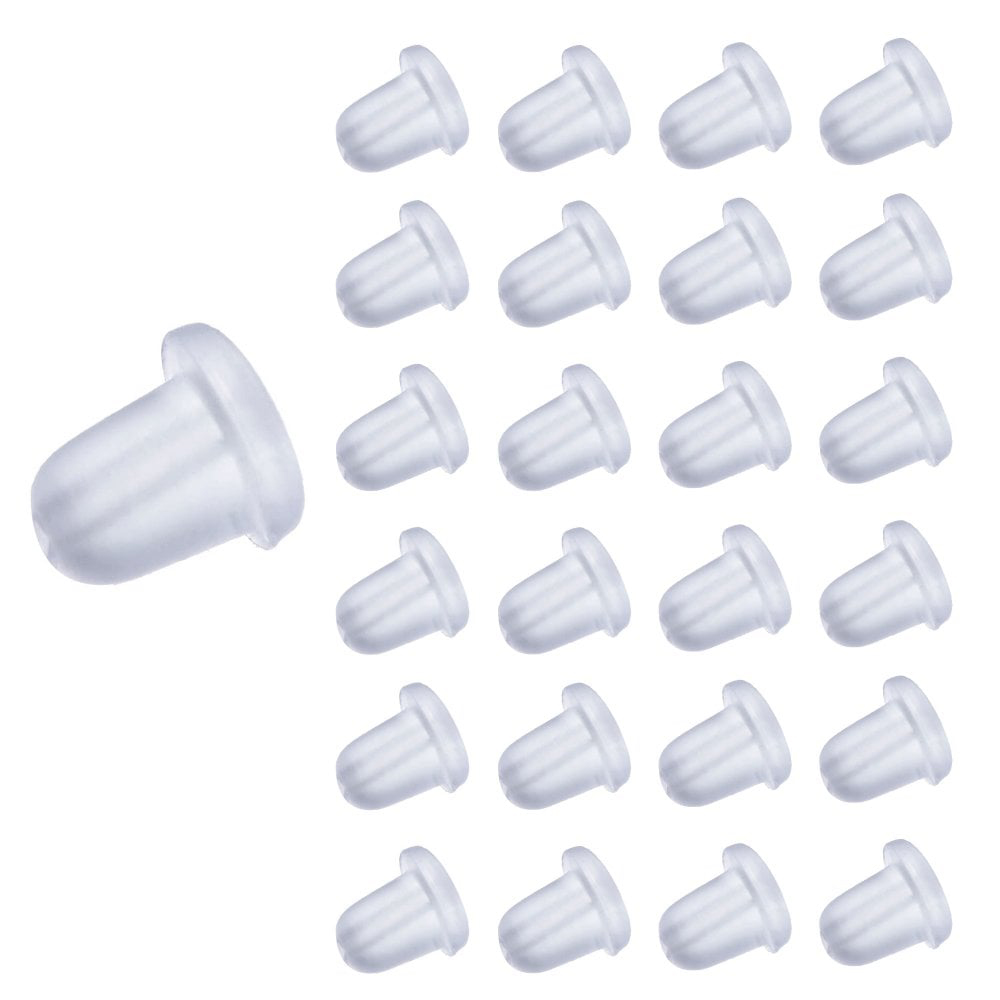
Rubber Stoppers are a simple, lightweight option. These are often used as an additional security measure on other types of earring backs, or for light and small earrings.
Pros:
- Lightweight and comfortable to wear
- Can add an extra layer of security to other earring back types
Cons:
- Not as durable or long-lasting as metal backs
- May be harder to handle due to small size and flexible material
15. Friction Back
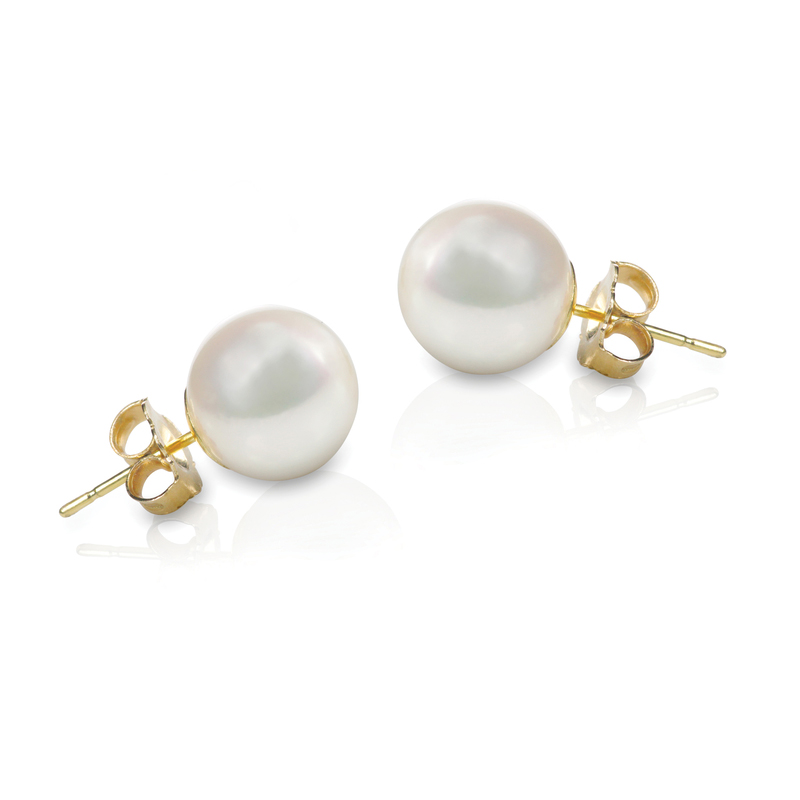
Also known as push backs or butterfly backs, Friction Backs are the most common type of earring back. They work on the principle of friction to hold the earring in place, making them easy to use and widely versatile.
Pros:
- Easy to use and widely available
- Compatible with a variety of earring styles
Cons:
- Can become loose over time, increasing the risk of losing earrings
- Less secure compared to screw back or locking mechanisms
16. Snap-On
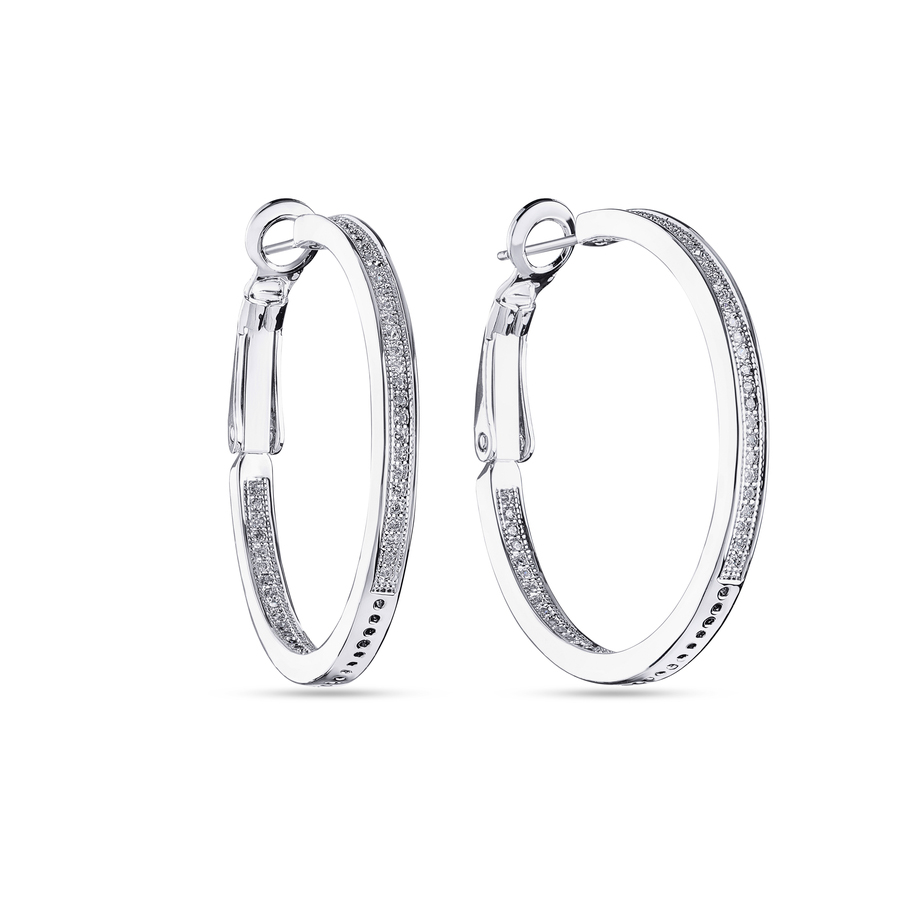
Snap-On backs are typically used with hinged hoop earrings. The post of the earring simply snaps into a hole on the other side of the earring, providing a secure fit.
Pros:
- Easy to use and secure
- Ideal for hoop earrings of all sizes
Cons:
- May be difficult to align the post with the hole
- Not suitable for all styles of earrings
17. Clip-On
Clip-On backs are perfect for those who prefer to avoid piercing their ears. As the name suggests, they simply clip onto your earlobe. They’ve been around for decades and come in many decorative styles.
Pros:
- No piercing necessary
- Available in a wide variety of styles and designs
Cons:
- May not provide as secure a fit as pierced earrings
- Can potentially cause discomfort if worn for long periods
18. Wire Back
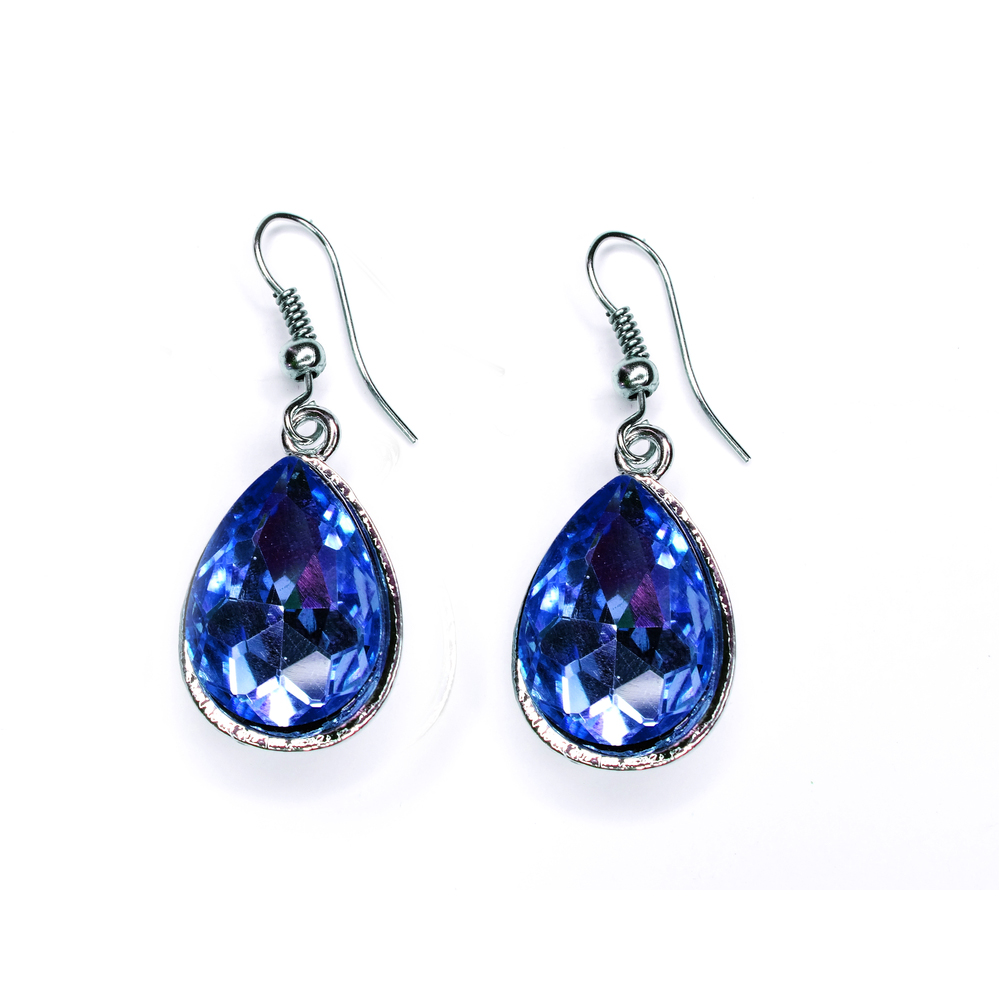
Wire Backs are a classic option, often seen in drop or dangle earrings. The wire passes through the earlobe and is light and comfortable to wear. They can add an elegant touch to your earrings.
Pros:
- Lightweight and comfortable for prolonged wear
- Can add elegance to the earring design
Cons:
- Less secure compared to other earring back types
- Not suitable for heavy earrings
19. Saddleback
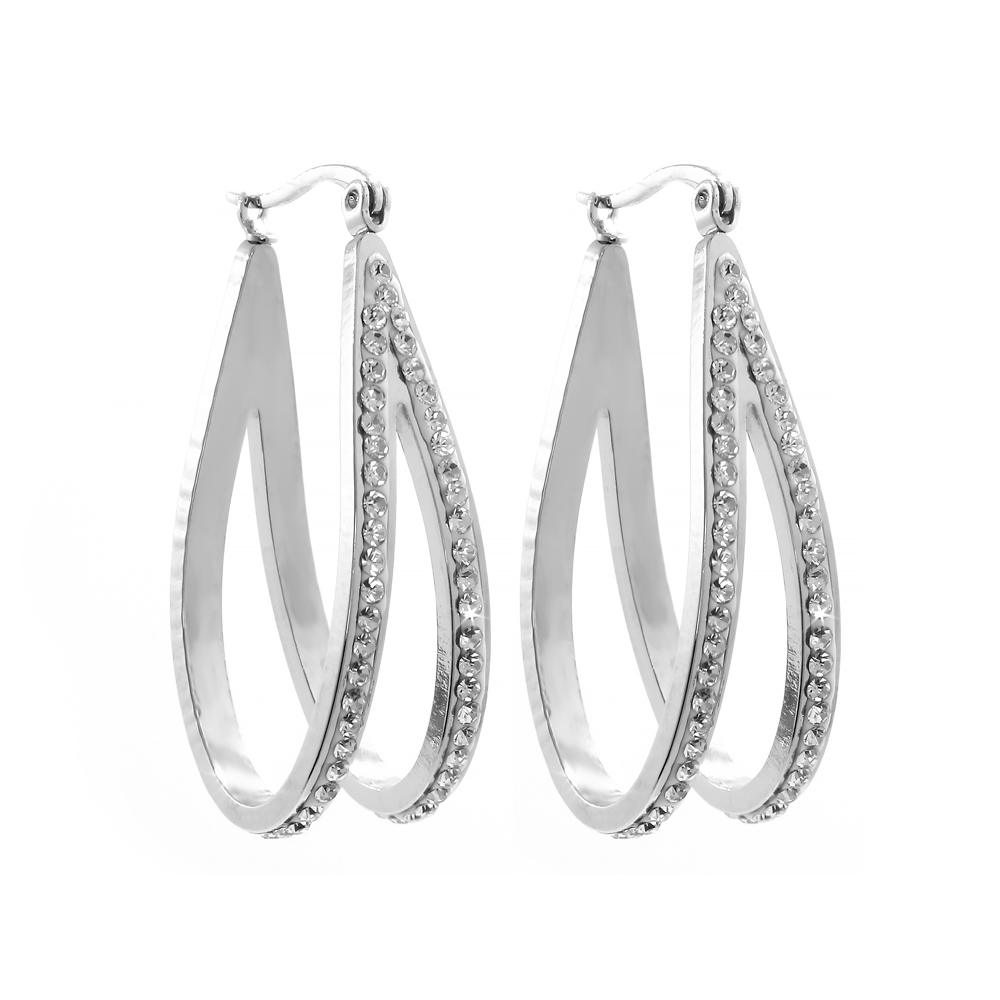
Saddleback backs, also known as European locks, are commonly found on hoop earrings. They have a hinged lever that locks into place in a groove on the post, providing a secure fit and a comfortable experience.
Pros:
- Provides a secure fit
- Comfortable to wear
Cons:
- May be tricky to lock and unlock
- Not suitable for all styles of earrings
20. Ball Back
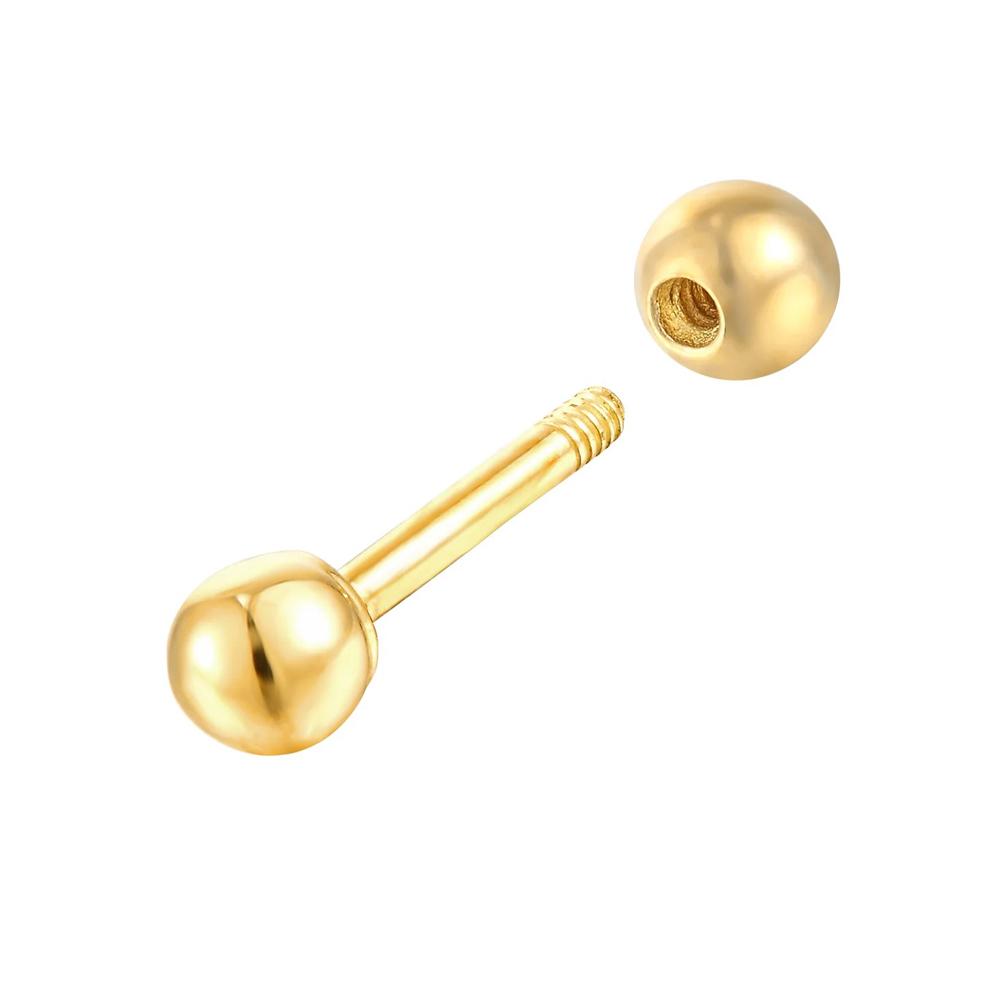
Ball Backs are essentially a variation of the butterfly or push-back, but instead of a flat piece, there’s a decorative ball. This type of back can add an extra aesthetic element to your earring design.
Pros:
- Can add a decorative element to the earring
- Easy to use and suitable for various styles
Cons:
- Not as secure as some other back types
- Ball may feel large or uncomfortable for some
21. Bezel Back
Bezel Backs are typically used for earrings with large stones. They not only secure the earring, but also add to the aesthetic appeal of the earring, making the stones appear larger and more prominent.
Pros:
- Enhances the appearance of stones
- Provides excellent security for the earring
Cons:
- May be harder to clean due to the encased design
- Not suitable for all styles of earrings
22. Flat Pad
Flat Pad backs are most commonly used for stud earrings. They have a flat surface that rests against the back of the earlobe, making them comfortable to wear.
Pros:
- Comfortable to wear, especially for studs
- Easy to put on and remove
Cons:
- Not as secure as other types of earring backs
- Can become loose over time
23. Barrel Clutch
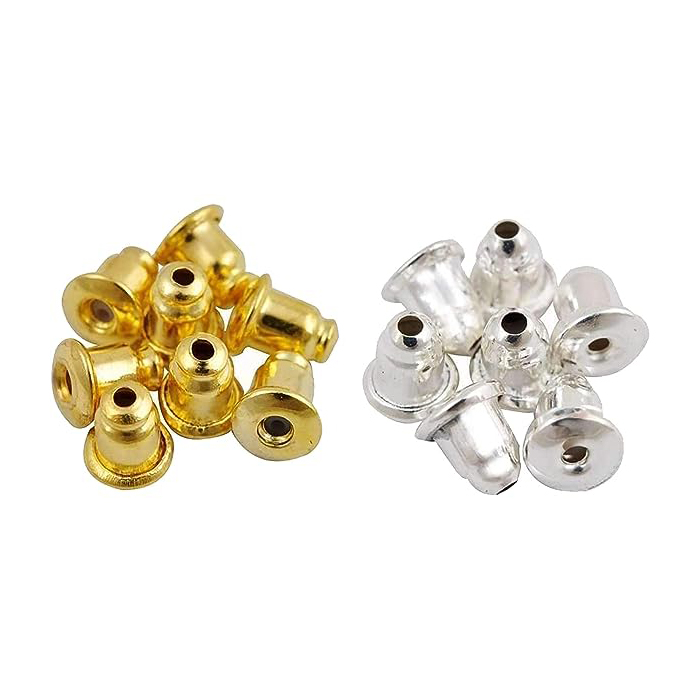
Barrel Clutch backs are designed for security. They’re named after their unique shape, resembling a barrel, and usually come with a safety mechanism to prevent the earring from slipping off.
Pros:
- Secure and suitable for expensive jewelry
- Typically includes a safety mechanism
Cons:
- Can be more difficult to put on and take off
- May be too bulky for some users
24. Cup and Post
Cup and Post backs are a great option for heavier earrings or those with larger gems. The ‘cup’ provides support, allowing the earring to sit comfortably without drooping.
Pros:
- Provides excellent support for heavier earrings or larger gems
- Can help prevent earrings from drooping
Cons:
- Not suitable for all types of earrings
- May be more difficult to put on and take off
And there you have it – a comprehensive rundown of 24 different types of earring backs! It’s clear that there’s an earring back out there for every style, comfort level, and type of earring you could imagine. Remember, the perfect earring back for you depends on a variety of factors: your lifestyle, the type of earrings you wear, and your personal comfort. By understanding the pros and cons of each type, you can make a more informed decision and enjoy your favorite earrings without worry. So, don’t be afraid to explore different options and find the best fit for you. After all, the world of earrings is as vast and varied as the people who wear them!
Frequently Asked Questions
Which earring backs are most secure?
Locking Backs, Screw Backs, and Barrel Clutches are generally considered the most secure types of earring backs. They provide a sturdy hold and often come with a safety mechanism to prevent the earring from accidentally slipping off.
What is the back of an earring called?
The back of an earring is generally called an earring back, or more specifically, it can be referred to by its specific type such as Butterfly Clasp, Screw Back, Locking Back, etc.
What is the difference between push back and screw back earrings?
Push Back earrings, also known as Butterfly Clasps, are put on by simply pushing the back onto the earring post. Screw Back earrings, on the other hand, involve a threaded post that requires the back to be screwed on, offering a more secure fit.
Which type of ear back is more secure for stud earrings?
For stud earrings, Screw Backs or Locking Backs are typically the most secure options. They provide a sturdy hold that reduces the risk of the earring accidentally coming loose or falling out.
Are screw backs better?
Screw backs offer a high level of security which can make them a better choice for expensive earrings or for those that hold sentimental value. However, they can be less convenient as they take longer to put on and take off.
Can you put screw backs on any earring?
No, not all earrings are compatible with Screw Backs. The earring post needs to be threaded for the Screw Back to work. If an earring wasn’t designed with a Screw Back in mind, it might not be possible to modify it without damaging the earring.
What can I use instead of an earring back?
In a pinch, you can use eraser tips, small pieces of rubber, or even pencil erasers as temporary earring backs. However, for long-term wear and especially for valuable earrings, it’s best to use the appropriate earring backs.
Are metal or rubber earring backs better?
Both metal and rubber earring backs have their pros and cons. Metal backs are typically more durable and secure, but they can sometimes be less comfortable than rubber backs. Rubber backs are soft and comfortable, but they may not provide as much security and can degrade over time.

